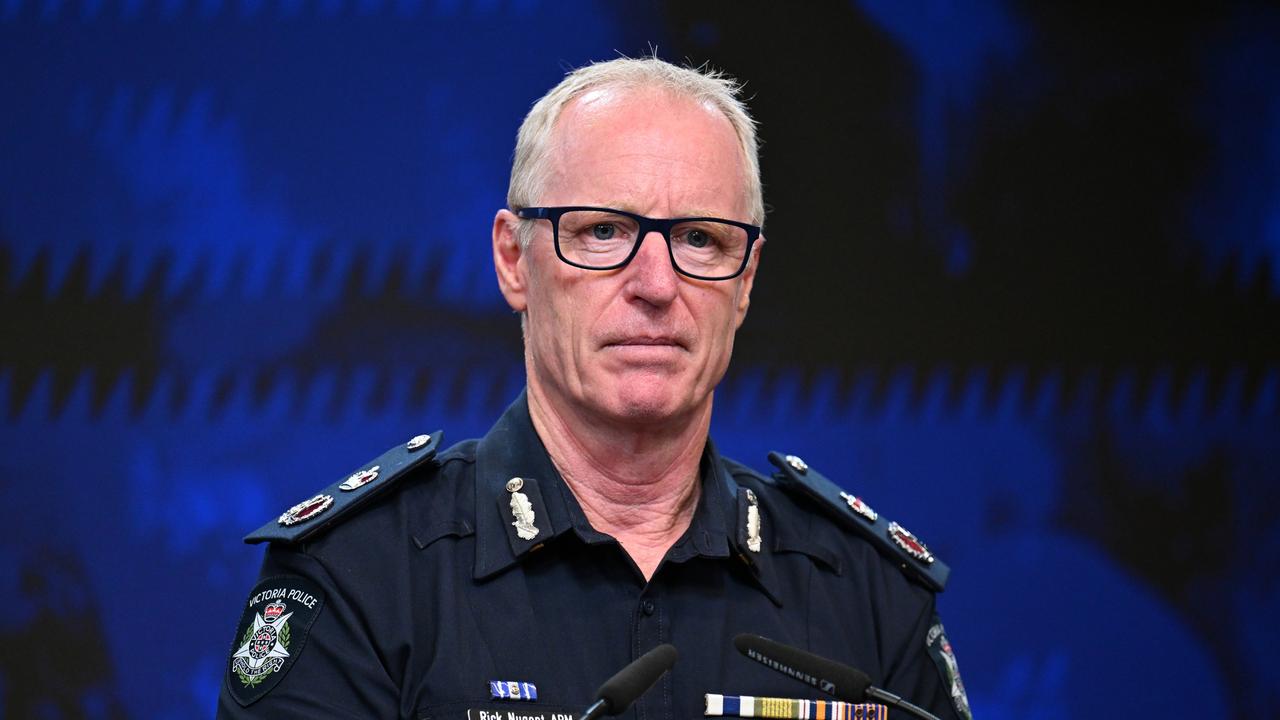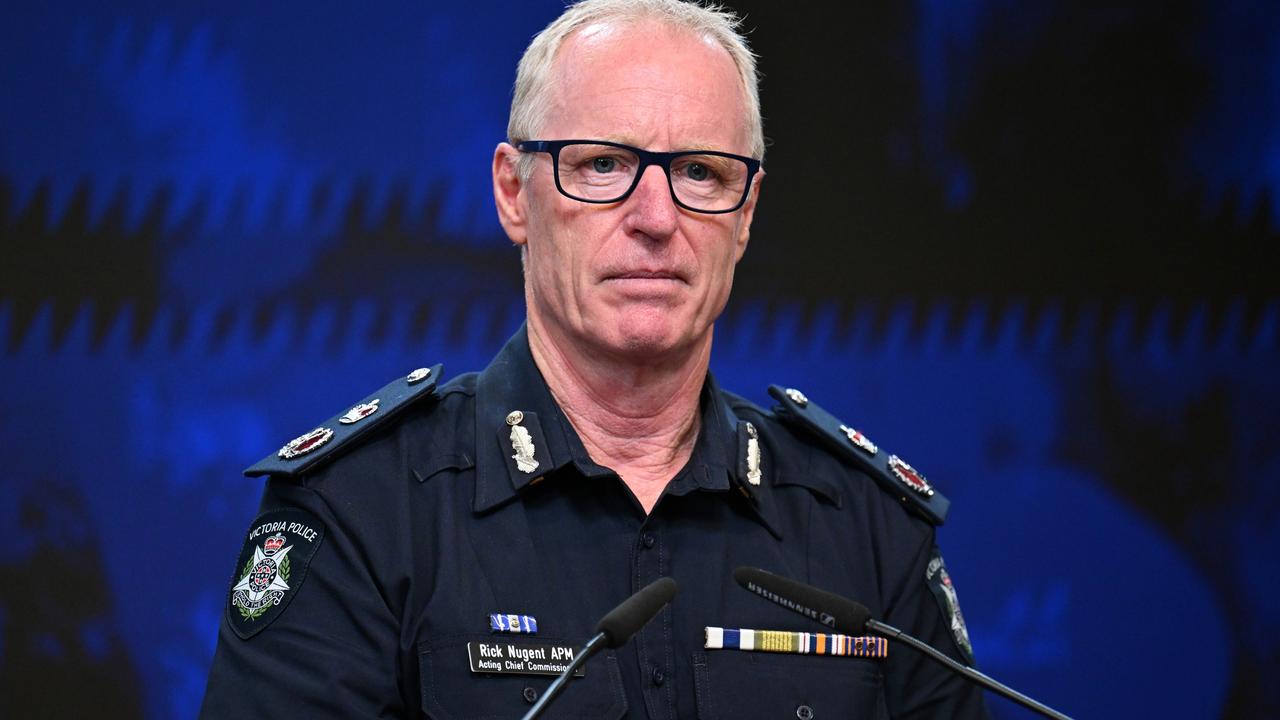Children on NDIS missing out on best support in private equity chase for profit
Private equity firms have identified the NDIS as a source of easy money as they build large-scale therapy practices for children with disability, experts warn

Private equity companies are circling the National Disability Insurance Scheme as their next “cash cow”, a leading disability expert says, dudding taxpayers and leaving too many people with disability accessing lower quality services.
The push by private equity into the NDIS is medicalising the treatment of children in the scheme, the fastest-growing cohort of scheme participants, which serves only their bottom line and is far from best practice, Roland Naufal, director of disability consultancy DSC said.
Ahead of DSC’s Where To From Here disability conference starting on Wednesday, Mr Naufal said private equity players were buying up small therapy practices and combining them to make big ones, which operate like Medicare bulk-billing clinics that rely on fast turnaround and short consultation times.
“We are haemorrhaging money in NDIS therapy funding and it’s not good for anyone except the companies building massive throughput-based therapy empires,” he said.
“There are plenty of private equity companies calling on us looking to enter the NDIS.
“They see it as a transaction-based cash cow.
“It was meant to be a scheme that built capacity (for people with disability), not a funding mechanism for out of date medical-style treatments.”
Mr Naufal said rather than spending NDIS funds on expensive individualised medical therapies, support should be used to build the capacity of the recipient and their family, focusing instead on prevention and community-wide approaches similar to broad-based insurance schemes like the NSW Transport Accident Commission.
Mr Naufal’s intervention comes amid concerns that as much as 5 per cent of the NDIS’s $30bn (and rising) annual cost was being lost to fraud, including organised crime gangs exploiting the system.

Private equity firms were operating within the law and the parameters of the NDIS, he said, but they “do not give a toss” about best practice approaches to supporting children with disability.
The diagnosis of children with autism and developmental delay is driving the rapid increase in NDIS participants. There are currently 518,000 people in the scheme, just under half being 18 years old or younger.
By 2030, overall numbers are projected to rise to 860,000, at a projected annual cost of $60bn.
One in 11 5-7-year-old boys in Australia are NDIS participants.
Matt Lloyd-Cape, economist and researcher for think tank Per Capita, will tell the conference spending money on social service programs such as the NDIS provides a greater multiplier effect back into the economy than spending on other big government contracts such as those in defence.
“In industries when the money goes into wages rather than to stuff, you have a much higher impact. In defence, we buy these big chunky machines that are often built overseas, we don’t see a spillover into the economy,” he said.
“When you are spending money on wages of particularly low-wage workers like disability support workers, they spend their money quickly in the local economy, and that has ripple effects through the local economy.’’
Per Capita research published last year concluded every dollar spent in the NDIS generated $2.25 in economic activity.
The conference will also hear from NDIS Minister Bill Shorten, who at the weekend called on the states to do more to support people with disabilities so the scheme wasn’t the only hope for a better standard of living for hundreds of thousands of Australians.




To join the conversation, please log in. Don't have an account? Register
Join the conversation, you are commenting as Logout